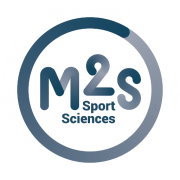Iron is a key trace element in physical performance, essential for oxygen transport (via hemoglobin and myoglobin) and mitochondrial function. Iron deficiency, especially in its bioavailable form, impairs endurance and is common among athletes—particularly in endurance sports—as well as in the general population, notably among women. Multiple exercise-related factors, such as hyperhepcidinemia, hemolysis, gastrointestinal losses, and sweat-induced depletion, contribute to reduced iron availability and complicate iron status assessment.
Recent research suggests that non-ferrous trace elements like zinc, copper, and cobalt may interact with iron metabolism, influencing its cellular import, storage, or export. These interactions could be relevant to both athletic performance and anti-doping efforts.
Current anti-doping methods rely on direct detection of substances or indirect markers included in the Athlete Biological Passport (ABP). However, some forms of doping, such as recombinant EPO or blood transfusions, remain difficult to detect. We hypothesize that these methods alter iron metabolism and related trace element profiles, potentially generating a distinctive metallomic signature in blood.
Before proposing a “metallomic module” for the ABP, it is essential to understand how intense exercise alone affects trace element levels. The Metalexo project aims to characterize the acute blood metallomic response to intense physical exercise in healthy, physically active individuals. Through a controlled laboratory protocol and ICP-MS-based analyses, this study will identify physiological variations in trace elements post-exercise and during recovery, laying the groundwork for future anti-doping applications.
